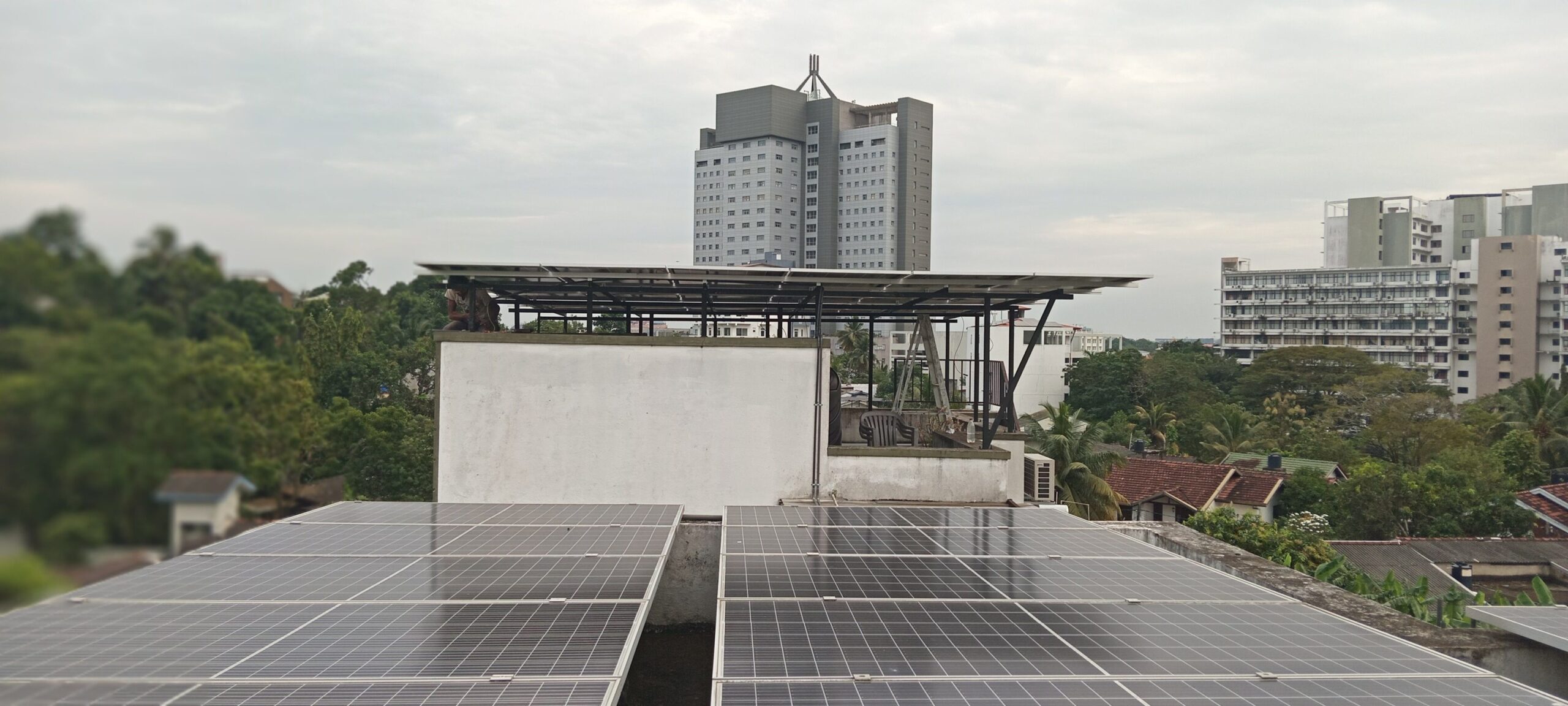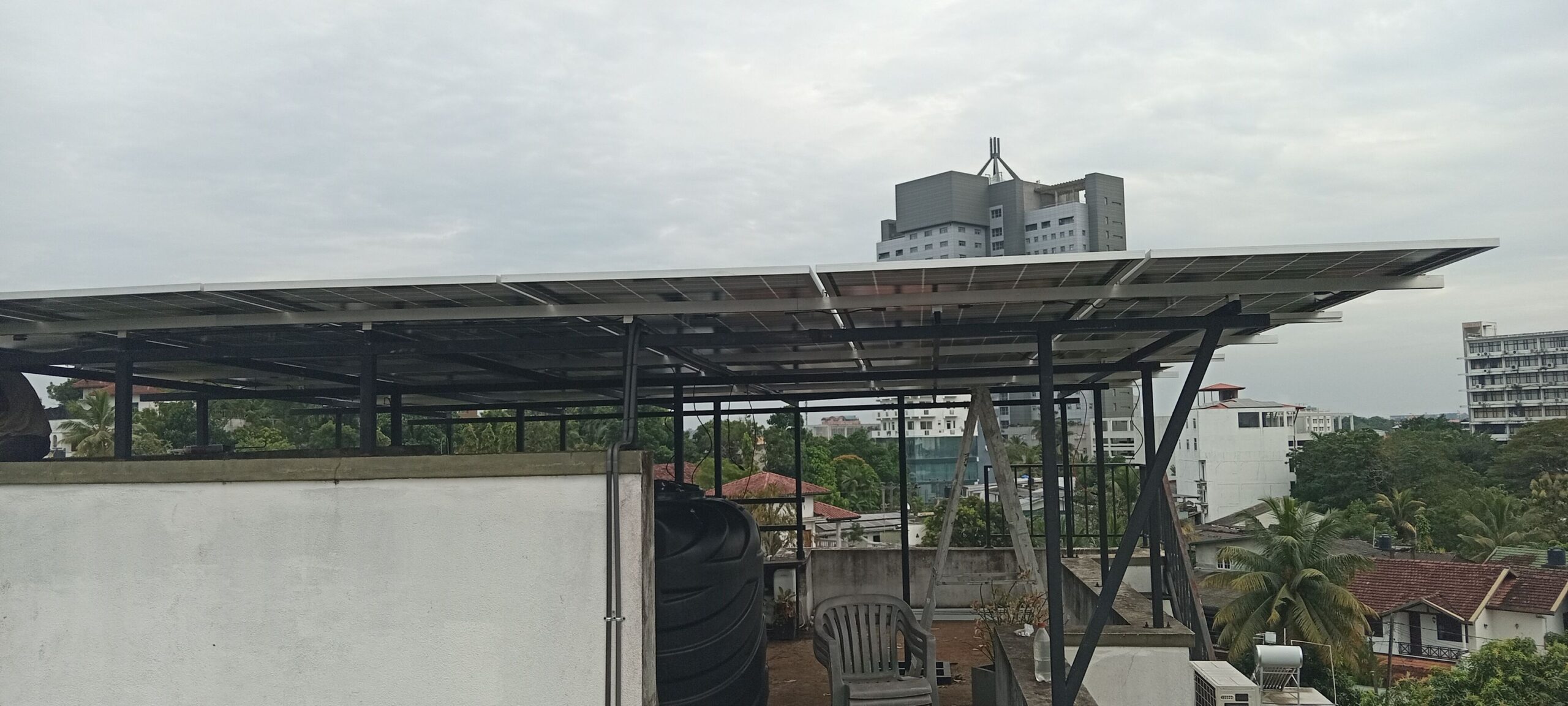Introduction
As a seasoned engineer in the solar energy sector, I’ve seen firsthand how Solar PV systems can transform energy consumption. Solar PV (Photovoltaic) systems harness sunlight to produce electricity, offering an eco-friendly and cost-effective solution. In this comprehensive guide, we’ll delve into the key components of a Solar PV system, the types of systems available, and answer some frequently asked questions to help you understand how these systems work and why they are a smart investment.

What is in a Solar PV System?
A Solar PV system is a collection of components designed to convert sunlight into electricity. The main components include:
- Solar Panels: These are the most visible part of the system, often seen on rooftops. Solar panels contain photovoltaic cells that capture sunlight and convert it into direct current (DC) electricity.
- Inverter: The inverter is a crucial component that converts the DC electricity produced by the solar panels into alternating current (AC) electricity, which can be used by household appliances and fed into the grid.
- Mounting System: This includes the racks and brackets used to secure the solar panels to your roof or on the ground. A well-designed mounting system ensures the panels are positioned at the optimal angle for maximum sunlight exposure.
- Battery Storage: While not all systems include batteries, those that do can store excess energy produced during the day for use at night or during cloudy periods.
- Electrical Components: This includes wiring, switches, and fuse boxes that connect the system and integrate it with your home’s electrical system.
What Does PV Stand for in Solar?
PV stands for Photovoltaic. The term “photovoltaic” comes from “photo,” meaning light, and “voltaic,” referring to electricity. So, photovoltaic technology involves converting light (photons) directly into electricity (voltage).
The Four Key Components of a Solar PV System
- Solar Panels: Made up of silicon cells, solar panels are designed to absorb sunlight and initiate the photovoltaic effect, generating electricity.
- Inverter: Converts the DC electricity generated by the panels into AC electricity suitable for home use and grid integration.
- Mounting System: Ensures the panels are securely installed and optimally positioned.
- Battery Storage: Provides a way to store excess electricity for later use, enhancing the system’s reliability and efficiency.
What are the Three Types of PV Systems?
- Grid-Tied Systems: These are the most common type and are connected to the local utility grid. They allow you to use solar power during the day and draw from the grid at night. Any excess electricity produced can be fed back into the grid, often earning you credits or payments.
- Off-Grid Systems: These systems are completely independent of the utility grid and typically include battery storage to ensure a constant power supply. They are ideal for remote locations where grid access is not available.
- Hybrid Systems: Combining the benefits of both grid-tied and off-grid systems, hybrid systems are connected to the grid but also have battery storage. This setup provides greater flexibility and reliability, as you can store excess power and have a backup during grid outages.
Benefits of Solar PV Systems
- Cost Savings: Solar PV systems reduce electricity bills by generating free power from the sun. With net metering, you can even earn credits for excess energy produced.
- Environmental Impact: Solar energy is a clean, renewable resource that reduces greenhouse gas emissions and dependence on fossil fuels.
- Energy Independence: With solar power, you become less reliant on the grid, protecting yourself from rising electricity costs and power outages.
- Increased Property Value: Homes equipped with solar PV systems often have higher market values and appeal to eco-conscious buyers.
- Low Maintenance: Solar PV systems require minimal maintenance, mainly periodic cleaning and inspections to ensure optimal performance.

Personal Experience and Insights
Having worked in the solar industry for over a decade, I’ve had the opportunity to install and maintain countless Solar PV systems. One memorable project was installing a hybrid system for a remote village. The residents were thrilled to have a reliable power source that allowed them to power essential devices and improve their quality of life. This project reinforced my belief in the transformative power of solar energy and its potential to bring sustainable solutions to even the most underserved communities.
Frequently Asked Questions (FAQs)
1. How long do Solar PV systems last?
Solar PV systems are designed to last for 25 to 30 years. Regular maintenance and proper installation can ensure they perform efficiently throughout their lifespan.
2. What happens to Solar PV systems during cloudy days?
Solar panels still generate electricity on cloudy days, though at a reduced rate. Modern systems are designed to work efficiently in various weather conditions, ensuring a continuous power supply.
3. How do I maintain my Solar PV system?
Maintenance is minimal but essential. Regularly clean the panels to remove dust and debris, and have a professional inspect the system annually to ensure all components are functioning correctly.
4. Can I install a Solar PV system myself?
While DIY installation kits are available, it’s recommended to hire a professional installer. Proper installation is crucial for safety, efficiency, and adherence to local regulations and incentives.
5. Are there government incentives for installing Solar PV systems?
Yes, many governments offer incentives such as tax credits, rebates, and grants to encourage the adoption of solar energy. Check with local authorities to see what incentives are available in your area.
Conclusion
Investing in a Solar PV system is a wise decision for both your wallet and the planet. With various options available, you can find a system that fits your needs and contributes to a sustainable future. Whether you choose a grid-tied, off-grid, or hybrid system, the benefits are clear: reduced energy costs, environmental protection, and increased energy independence. As someone deeply involved in the solar industry, I can attest to the positive impact these systems have on individuals and communities alike. So, take the step towards a greener future and harness the power of the sun with a Solar PV system.
